Grill, Spice & Culture: Discovering the Flavors of Colombian Barbecue
If you're a spice lover or a barbecue enthusiast looking to broaden your horizons beyond American-style ribs and Argentine asados, it's time to explore the vibrant world of Colombian barbecue. Known for its bold flavors, regional diversity, and unique blend of spices, Colombian barbecue is a delicious fusion of indigenous, African, and Spanish culinary traditions.
In this article, we'll take you on a flavorful journey through the essentials of Colombian barbecue — from key ingredients and spice profiles to practical tips, equipment recommendations, and even a handy buying guide for must-have products.
Table of Contents
- What Exactly Is Colombian Barbecue?
- The Spices That Define Colombian BBQ
- Grilling Techniques Across Colombia
- Top 5 Colombian BBQ Recipes You Must Try
- Buying Guide: Essential Tools and Ingredients
- Conclusion: Spice Up Your Grill with Colombian Flavor
What Exactly Is Colombian Barbecue?
Unlike traditional American barbecue that relies heavily on slow-smoking and heavy sauces, Colombian barbecue focuses more on fresh ingredients, marinated meats, and high-heat grilling. The style varies widely across regions like Antioquia, Valle del Cauca, and the Caribbean coast, each offering its own spin on how to grill, season, and serve meat.
The backbone of Colombian barbecue lies in its use of herbs and spices such as cumin, coriander, garlic, and citrus — particularly lime and orange. Meats are often marinated for hours (or even overnight) before being grilled over open flames, resulting in juicy, smoky, and deeply flavorful dishes.
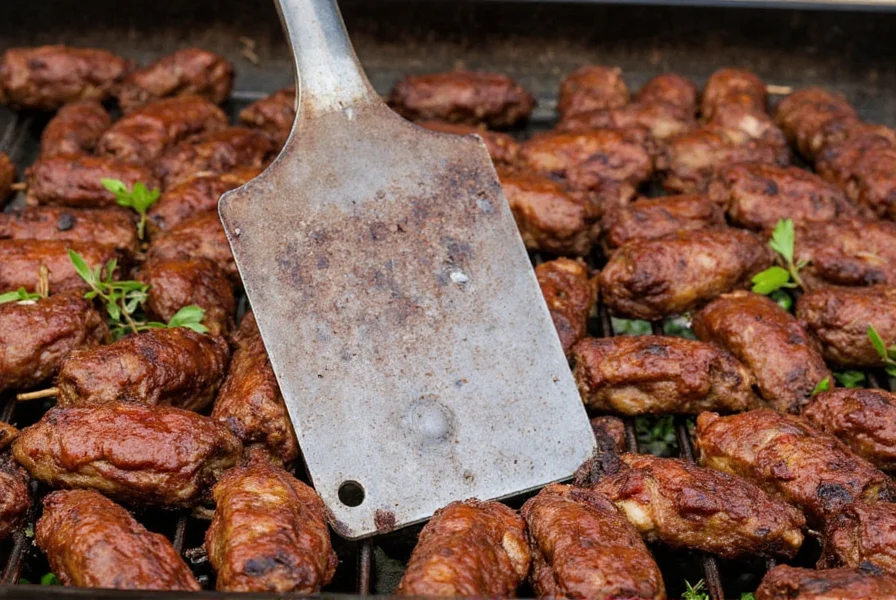
Key Characteristics of Colombian BBQ:
- Marinades: Citrus-based with a strong presence of garlic and cumin.
- Cooking Style: High-heat grilling, sometimes over wood or charcoal.
- Regional Variations: Coastal regions use more seafood; inland areas prefer beef and pork.
- Serving Style: Often served with plantains, arepas, and tropical fruit salsas.
The Spices That Define Colombian BBQ
Spices in Colombian cuisine are not about heat but about enhancing flavor and aroma. Here’s a breakdown of the essential spices used in most Colombian barbecue marinades and rubs:
| Spice | Description | Flavor Profile | Common Use |
|---|---|---|---|
| Cumin | A staple in Latin American cooking, especially in coastal regions. | Earthy, nutty, slightly spicy | Used in almost every meat marinade. |
| Garlic | Freshly crushed or minced for maximum impact. | Pungent, savory | Essential in adobo-style marinades. |
| Coriander | Often used in ground form, adds a bright herbal note. | Floral, lemony | Blends well with citrus in marinades. |
| Annatto | Derived from achiote seeds; gives food a reddish-orange hue. | Peppery, earthy | Used in saffron-like color and flavor base called “sabogues.” |
| Lime Juice | Freshly squeezed, often combined with orange zest. | Tangy, acidic | Makes marinades tender and zesty. |
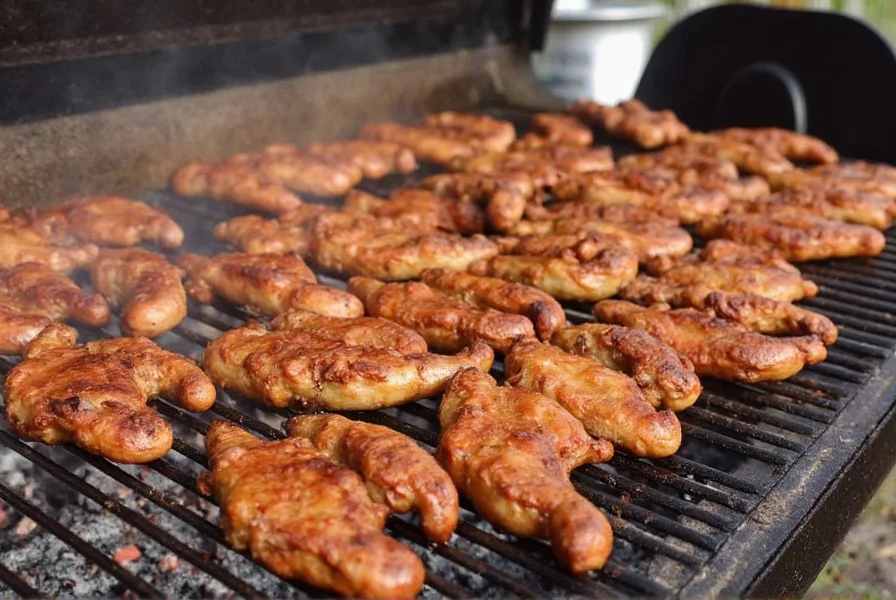
Pro Tip: Make Your Own Colombian Marinade at Home
Mix together:
- 4 cloves of garlic, minced
- 1 tbsp ground cumin
- 1 tbsp ground coriander
- 1 tbsp annatto powder (dissolved in oil)
- Juice of 2 limes
- Zest of 1 orange
- 1 tsp salt
- ½ tsp black pepper
- ¼ cup olive oil
Marinate your choice of meat for at least 4 hours before grilling.
Grilling Techniques Across Colombia
While grilling techniques vary by region, the essence remains the same: fire, meat, and flavor. Below are some popular styles you should know:
1. Parrilla Antioqueña (Antioquia Grilling)
Originating from Medellín, this method uses thick cuts of meat — like ribeye or flank steak — grilled over hot coals and seasoned simply with salt and garlic. It's often served with beans, chorizo, and arepas.
2. Braise and Grill Method (Coastal Regions)
In cities like Cartagena and Barranquilla, cooks often braise meats first and then finish them on the grill. This ensures tenderness and allows for deep absorption of marinade flavors.
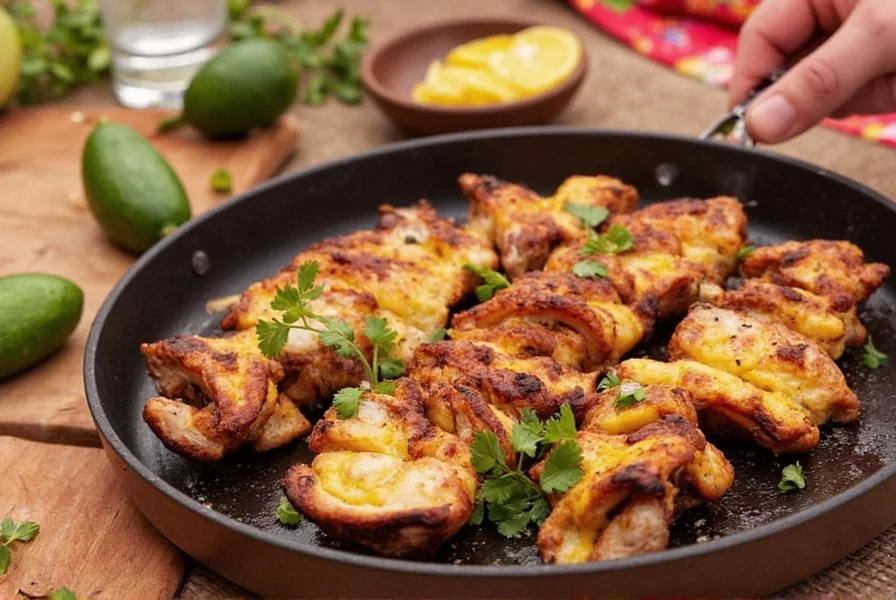
3. Asado Costeño (Coastal Barbecue)
This festive style involves skewering meats and vegetables and roasting them slowly over open flame. Think of it as a Latin cousin of shashlik or souvlaki.
4. Lechona Tíbúrica (Whole Roasted Pork)
Popular during festivals in the Tolima region, lechona involves stuffing a whole pig with rice, peas, spices, and onions, then slow-roasting it until the skin is crispy and the inside is richly spiced.
Top 5 Colombian BBQ Recipes You Must Try
If you’re ready to bring Colombian barbecue into your backyard, here are five mouthwatering recipes that showcase the best of this vibrant culinary tradition:
1. Carne Asada Colombiana
A classic grilled beef dish marinated in garlic, citrus, and cumin.
- Ingredients: Flank steak, lime juice, garlic, cumin, salt, pepper, oil
- Cook Time: 10–12 minutes per side on high heat
- Serve With: Arepas, fried plantains, chimichurri (optional)
2. Pollo a la Brasa
Peruvian in origin but wildly popular in Colombia, this rotisserie-style chicken is rubbed with a mix of paprika, garlic, vinegar, and oregano.
- Ingredients: Whole chicken, paprika, garlic, vinegar, oregano, oil
- Cook Time: 1 hour at medium-high heat
- Serve With: French fries, avocado, arepa
3. Costillas al Mojo
Ribs marinated in a tangy mojo sauce made from orange juice, garlic, and cumin.
- Ingredients: Pork ribs, orange juice, garlic, cumin, salt
- Cook Time: 1.5 hours at low heat, finished over flame
- Serve With: Sweet potato mash, green salad
4. Pescado al Coco (Coconut Fish)
Coastal specialty using firm white fish marinated in coconut milk, lime, and cilantro.
- Ingredients: Snapper or sea bass, coconut milk, lime, cilantro
- Cook Time: 10–12 minutes on a greased grill
- Serve With: Fried green bananas, mango salsa
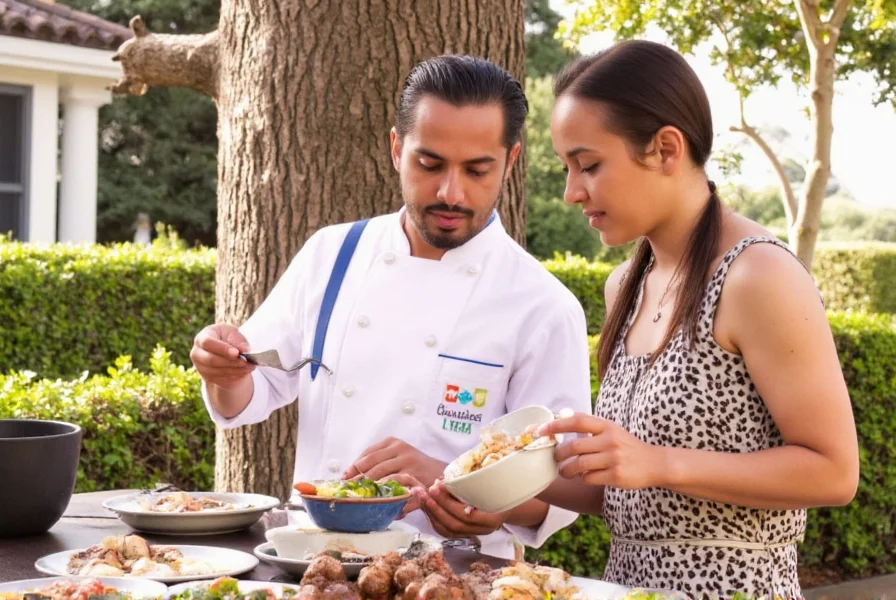
5. Churrasco con Hogao
Thinly sliced grilled beef topped with hogao, a simple yet powerful onion-tomato sauce cooked down with garlic and spices.
- Ingredients: Sirloin steak, tomatoes, onion, garlic, oil, salt
- Cook Time: 6–8 minutes per side
- Serve With: Rice, beans, avocado slices
Buying Guide: Essential Tools and Ingredients
To recreate authentic Colombian barbecue at home, you’ll need the right tools and pantry staples. Here’s our curated list of recommended products:
| Product | Features | Advantages | Use Cases | Best For |
|---|---|---|---|---|
| Cast Iron Skillet | Durable, retains heat well | Perfect for searing meats and making hogao sauce | Churrasco, pollo a la brasa | Home chefs wanting restaurant-level results |
| Charcoal Grill | Traditional, smoky flavor | Adds depth to grilled meats | Carne asada, costillas | BBQ enthusiasts and purists |
| Marinade Injector | Allows deep infusion of flavors | Perfect for large cuts like lechona | Whole pig roasts, brisket | Caterers and event hosts |
| Colombian Spice Kit | Includes cumin, coriander, annatto, chili flakes | All-in-one solution for authentic seasoning | Everyday grilling | Newcomers to Latin cuisine |
| Wood Pellets (Hickory/Mango) | Natural smoke flavor | Enhances outdoor grilling experience | Slow-smoked ribs, fish | Smoker users and BBQ lovers |
Where to Buy These Products
- Cast Iron Skillets: Lodge, AmazonBasics
- Charcoal Grills: Weber, Char-Broil
- Marinade Injectors: OXO, KitchenAid
- Colombian Spice Kits: Tienda Latina, Mercado Latino
- Wood Pellets: Traeger, Camp Chef
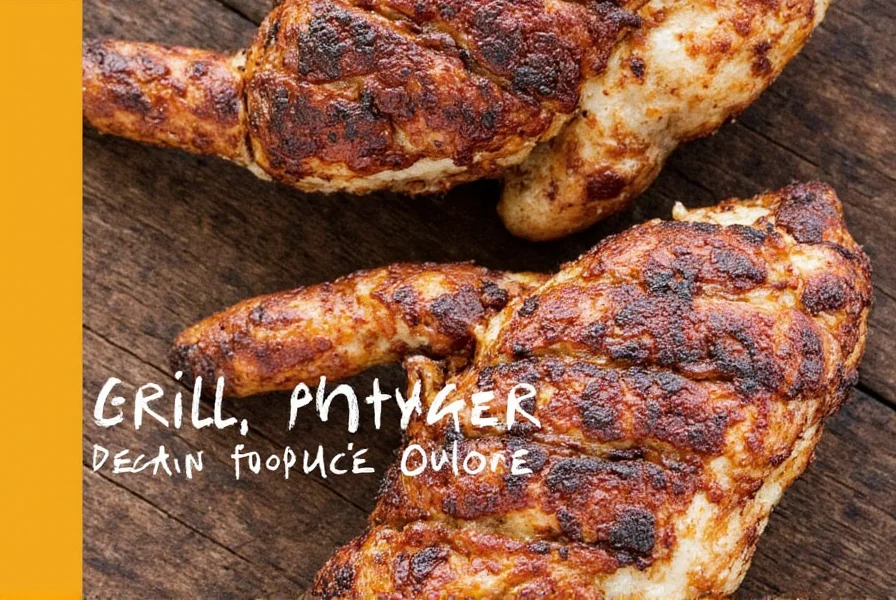
Conclusion: Spice Up Your Grill with Colombian Flavor
Colombian barbecue is more than just grilled meat — it's a celebration of heritage, community, and bold flavors. Whether you're hosting a backyard cookout or simply craving something new, introducing Colombian-inspired marinades, grilling techniques, and spice blends can elevate your cooking game and impress your guests.
From the tangy citrus marinades of the Caribbean coast to the rustic simplicity of mountain parrillas, there’s a Colombian barbecue style to suit every taste and occasion. Armed with the right ingredients, tools, and a little curiosity, you’re all set to ignite your grill with the spirit of Colombia.
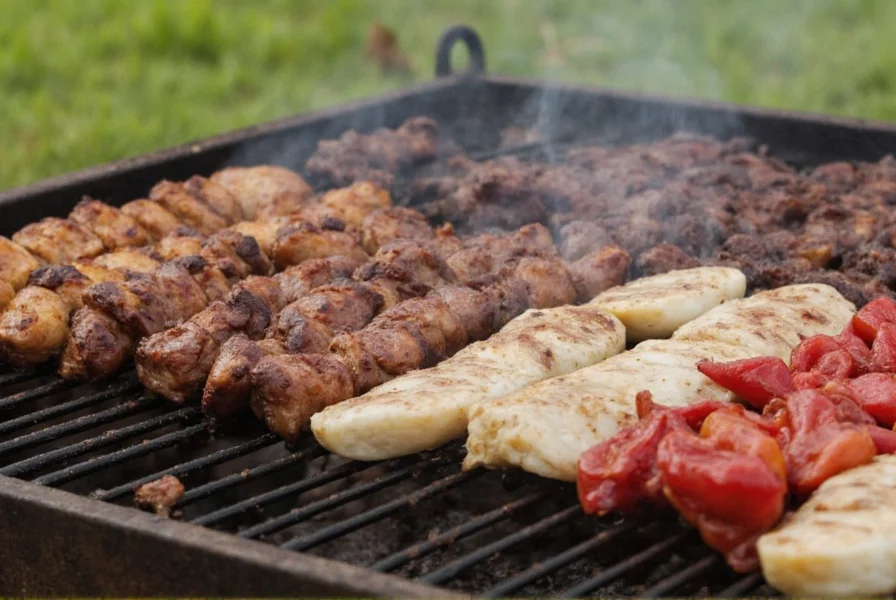

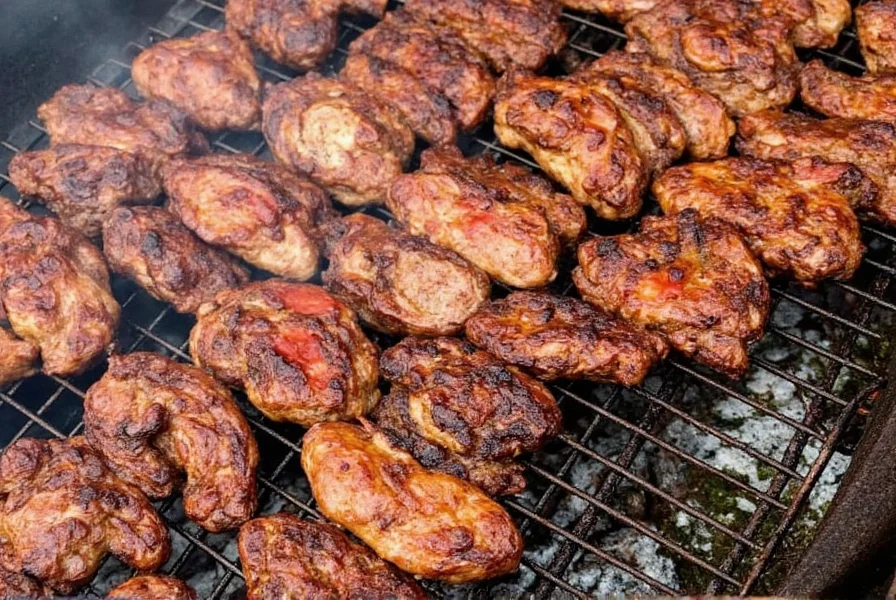









 浙公网安备
33010002000092号
浙公网安备
33010002000092号 浙B2-20120091-4
浙B2-20120091-4